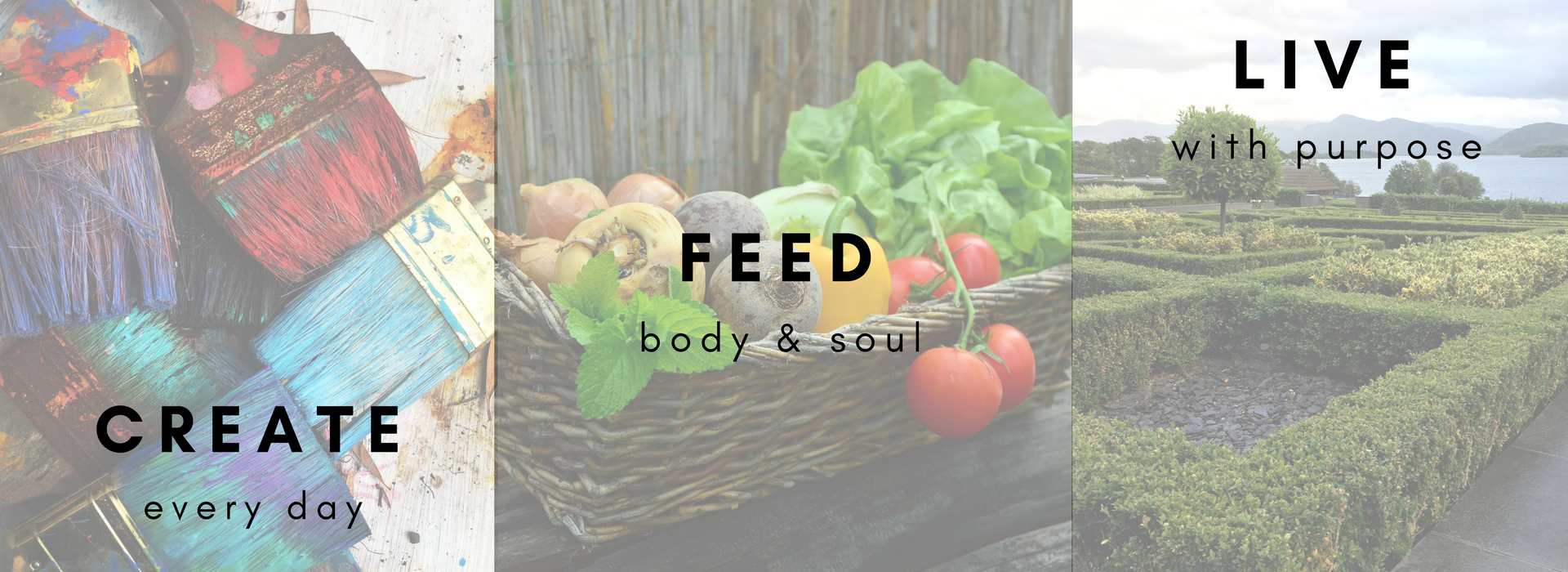Making SMART Goals
 The new year is upon us, looming on the horizon with possibilities and potential. People often view the new year as a time to shed their old skins and create new ones. And the goal setting and resolutions begin: great expectations of what can be if only willpower holds out.
The new year is upon us, looming on the horizon with possibilities and potential. People often view the new year as a time to shed their old skins and create new ones. And the goal setting and resolutions begin: great expectations of what can be if only willpower holds out.
The statistics for realized goals is staggeringly bleak: only 8% of people are successful in achieving their resolution. Why are the odds so stacked against success? One of the main reasons is that people often set unrealistic and vague goals. You are ten times more likely to attain your goal if you explicitly make resolutions. Ten times. So get specific.
If you are familiar with the acronym SMART in relation to goal setting, then you know that the “S” stands for specific. It’s not enough to say “I’m going to get out of debt.” You want the goal to be more specific. A more specific goal would be “I’m going to pay off my $3000 credit card debt in the next six months,” or “I will pay an extra 10% on my student loans each month for the next year.”
Now let’s see if one of our specific goals is measurable. We’ll be able to take a look at the monthly statements to see if the balance is decreasing, so yes, that goal is measurable. If losing 20 pounds is your goal, then having a scale so you can weigh in weekly makes that goal measurable. If reading 50 books over the year is your goal, then keeping a list of the books read makes that a measurable goal. Measuring isn’t difficult, you just have to have a means to track progress along the way.
How attainable is your goal? If you are between jobs and your goal is to pay off that $3000 credit card debt in six months, that may not be an attainable goal (at the moment – don’t give up yet!). If you want to get your weight down to 150 pounds (and you’re currently 250), think about when you were last 150 pounds. Was it a few years ago? A couple of decades ago? Middle school? Have you arbitrarily chosen 150 as the magic number? If you were 150 pounds within the last decade, it’s probably an attainable goal. If you were last 150 in middle school, and you’re middle-aged now, then revise that immediate goal to a more attainable number. That’s not to say that you’ll never get down to 150, just that you’re making the current goal more attainable.
What about relevant? By relevant, I mean how important is this goal to you? If it’s not important, then the chances that you will take any action towards the goal are slim to none. Do you really need to get out of debt? You are more likely to want to stick to the goal is you’re trying to get out of debt in order to buy a house or car versus just trying to get out of debt because you think that makes a good goal. Likewise, you’re more likely to want to lose weight if you’ve had a health scare and the doctor has told you if you don’t lose weight you will likely have a relapse. Think about what your motivation is to reach this goal. Is the motivation – the WHY you are doing this – strong enough to carry you all the way to the finish line? If not, you’ll want to revise the goal.
Finally we’ve come to the “T” in SMART – timely. Do you have a specific time frame in which to achieve the goal? With whatever goal you make, be sure to answer the question: by when. “Someday” is not a time frame that your mind can work with when it comes to achieving goals.
The new year brings great expectations, and you can bring those into realization with some thoughtful planning. Have you made resolutions or goals for the new year? Stop by and share in the comments below or on our Facebook page.



